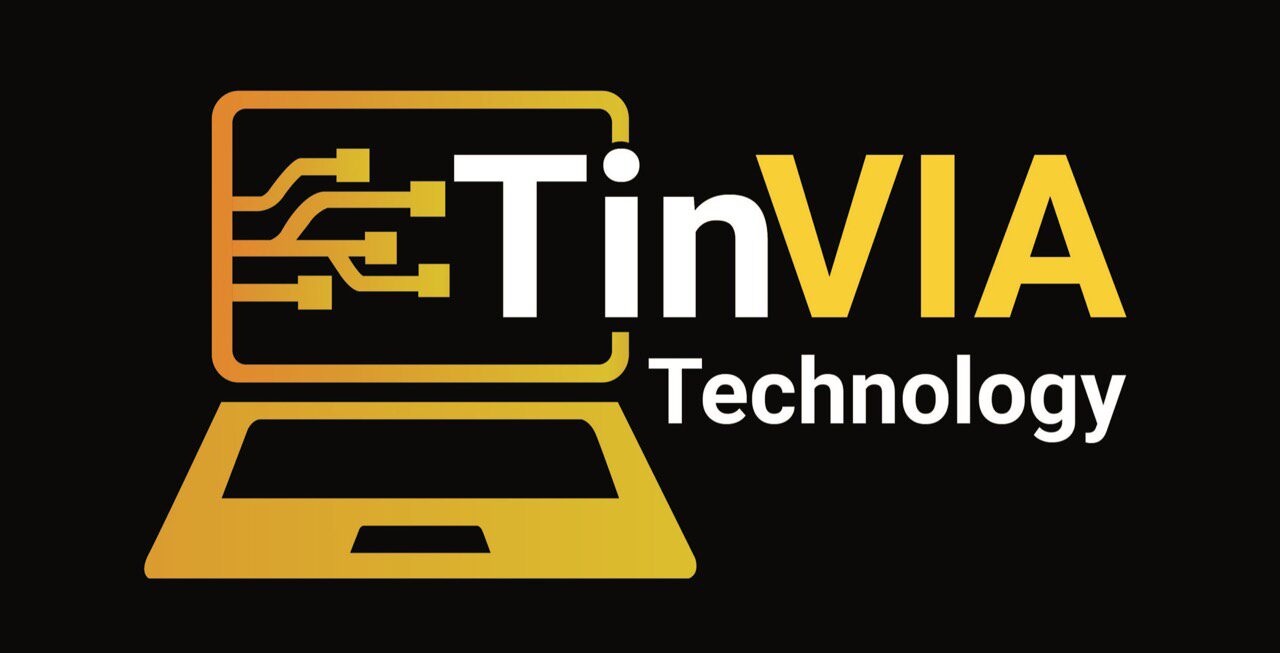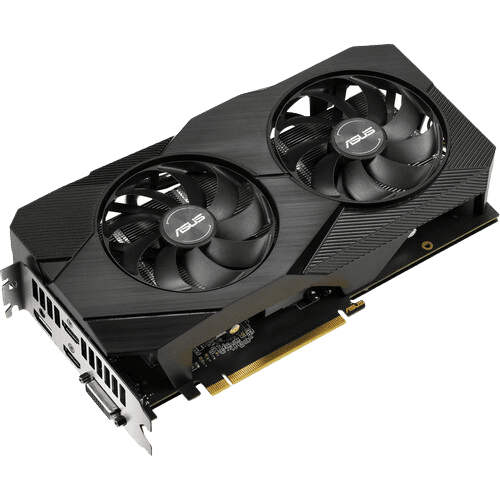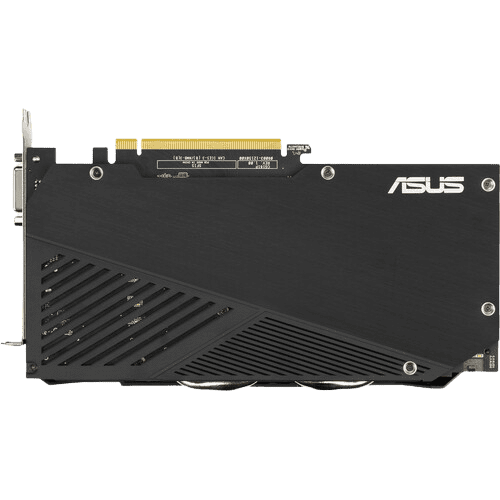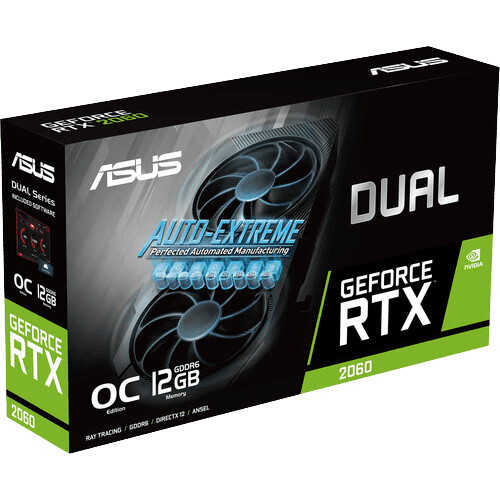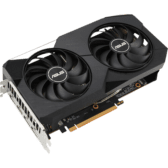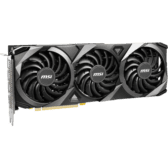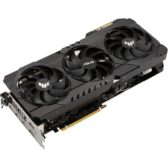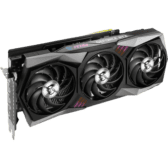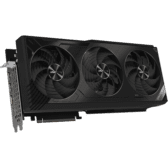Based on the Turing architecture, the ASUS Dual GeForce RTX 2060 EVO OC Edition Graphics Card brings the power of real-time ray tracing and AI to your PC games. It also features enhanced technologies to improve the performance of VR applications, including Variable Rate Shading, Multi-View Rendering, and VRWorks Audio.The front panel of the card features a variety of outputs including DisplayPort, HDMI, and DVI-D. The RTX 2060 is not just about high-resolution gaming. Computationally intensive programs can utilize the GPU’s 1920 cores to accelerate tasks using CUDA or other APIs.For cooling, ASUS implemented dual Axial-tech fans, providing improved airflow and dispersion.
Real-Time Ray Tracing
Enables real-time ray tracing of objects and environments with physically accurate shadows, reflections, refractions, and global illumination. The RTX 2060 features 5 GigaRays per second and up to 37T RTX-OPS*.
*Equivalent aggregate math operations contributed by the Turing Shaders, CUDA Cores, Tensor Cores, and RT Cores needed to render RTX graphics.
NVIDIA GPU Boost 4.0
Boosts the card’s clock speed in real-time based on the target temperature. If the card is running below the set target temperature, GPU Boost 4.0 will increase the clock speed to improve performance. The target temperature can be reset depending on your preference so you can have the card run more quietly for everyday tasks and older games, and run at full tilt during intense high-resolution gaming sequences.
NVIDIA Ansel
With Ansel, gamers can compose the gameplay shots they want, pointing the camera in any direction and from any vantage point within a gaming world. They can capture screenshots at up to 32 times the screen resolution, and then zoom in where they choose without losing fidelity. With photo-filters, they can add effects in real-time before taking the shot. And they can capture 360-degree stereo photospheres for viewing in a VR headset or Google Cardboard.
CUDA
NVIDIA’s parallel computing platform which enables an increase in computing performance by harnessing the parallel nature of GPU processing. CUDA-compatible applications can assign intensive parallel computing tasks, such as real-time video rendering, to the GPU to process, freeing up the computer’s CPU to run other tasks.
G-SYNC Ready
When used with a monitor that has G-SYNC hardware installed, the monitor’s refresh rate will sync and lock with the graphics card’s output frame rate. Establishing this sync removes tearing and stuttering which can result from conventional fixed screen refresh rates, especially important for gaming in stereoscopic 3D. An additional benefit of G-SYNC is reduced lag so gamers will benefit from the improved command response time as well.
